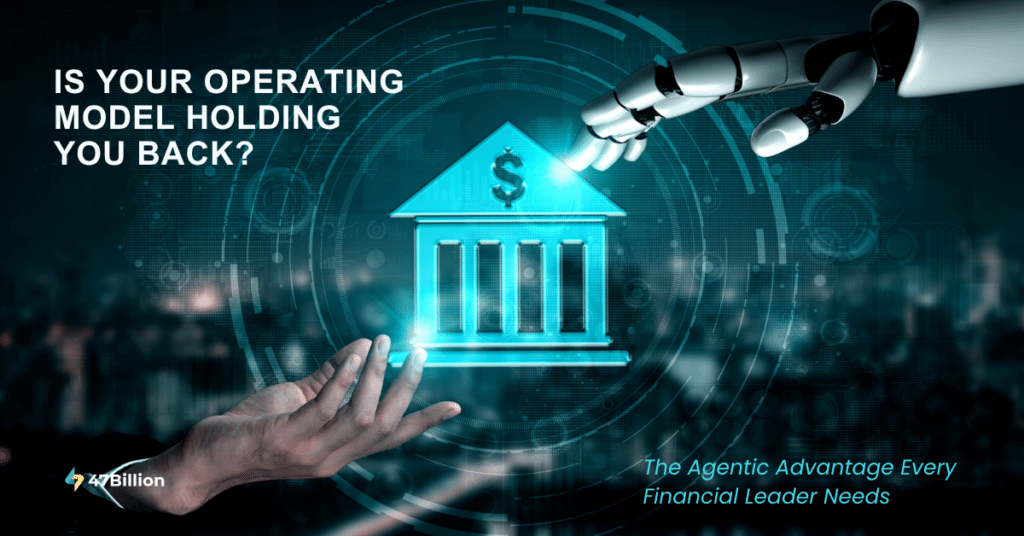Imagine a world where securing a loan is as easy as ordering a pizza, where your day-to-day expense activities and payments help determine your creditworthiness, and where smart contracts execute loan agreements without any human intervention. This is not a scene from a science fiction novel but a glimpse into the rapidly evolving world of lending. As technological advancements continue to disrupt traditional financial services, the lending sector stands on the brink of a revolutionary transformation. From digital lending platforms to AI-driven risk assessments and blockchain-powered transactions, the next wave of lending innovation promises to redefine how we borrow and lend money. Join us as we delve into the cutting-edge trends and technologies that are poised to reshape the future of lending.
1. The Evolution of Digital Lending Platforms
Digital lending platforms are transforming the way loans are originated, processed, and serviced, making the once cumbersome process efficient and seamless. Leveraging advanced algorithms and machine learning, these platforms automate essential tasks such as credit scoring, risk assessment, and loan approval, drastically reducing time and costs while improving accuracy and fairness.
Peer-to-Peer Lending
Peer-to-Peer (P2P) lending platforms have revolutionized credit access by directly linking borrowers with individual investors. This model simplifies the loan process, enabling borrowers to secure funds more easily while offering investors lucrative returns. By eliminating traditional intermediaries, P2P lending creates a mutually beneficial environment where both sides gain, democratizing credit access and reshaping the financial landscape. What further innovations will arise from this disruption? Continue reading to explore the future of lending.
2. Artificial Intelligence and Machine Learning
Artificial intelligence (AI) and machine learning (ML) are not just buzzwords; they are revolutionizing the way lending operates. Envision a system where loans are not merely granted based on outdated credit scores but through a sophisticated analysis of extensive data pools. AI and ML empower lenders to delve deeper into data, uncovering insights that traditional methods often overlook. This advanced technology can detect subtle patterns and trends, dramatically enhancing the precision of risk assessments and decision-making.
Predictive Analytics Powered by AI
Predictive analytics, powered by AI, allows lenders to anticipate future borrower behavior based on historical data. This capability can help in identifying potential defaulters early in the lending process, enabling proactive measures to mitigate risk.
Enhanced Customer Experience
The transformation extends to customer interactions as well. AI-driven chatbots and virtual assistants enhance the experience by providing instant, accurate responses, guiding borrowers smoothly through applications, and tailoring loan offers to fit individual needs. The impact of AI and ML on lending is profound.
3. Blockchain and Smart Contracts
Blockchain technology is transforming the lending industry with its unparalleled attributes of transparency, security, and immutability. Picture a scenario where loan agreements are executed with precision and trust—thanks to smart contracts. These self-executing contracts, embedded with the terms directly in code, automate and enforce agreements without the need for intermediaries. This not only accelerates the lending process but also reduces the potential for errors and disputes.
Decentralized Lending Platforms
Decentralized finance (DeFi) platforms are driving this revolution by utilizing blockchain technology to facilitate direct cryptocurrency lending and borrowing, bypassing central authorities. This approach not only slashes costs but also expands access to financial services, making it easier for users to engage in lending and borrowing activities.
Fraud Prevention and Security
Blockchain’s unchangeable ledger significantly boosts fraud prevention by accurately documenting each transaction. In an industry where trust is paramount, this level of transparency and security ensures that all transactions are recorded precisely and cannot be altered. This powerful feature provides an exceptional level of reliability, reinforcing the integrity of the lending process.
4. Alternative Data Sources
Traditional lending models rely heavily on credit scores and financial history to assess creditworthiness. However, this approach often excludes individuals with limited or no credit history. The next wave of lending innovation is characterized by the use of alternative data sources to create a more comprehensive picture of a borrower’s creditworthiness.
Social Media and Behavioral Data
Lenders are increasingly using data from social media, online behavior, and other non-traditional sources to assess credit risk. For example, an individual’s social media activity, such as their professional network and online spending habits, can provide valuable insights into their financial behavior and reliability.
Utility and Rent Payments
Data from utility and rent payments can also be used to assess creditworthiness. Regular, on-time payments of these bills can indicate financial responsibility, even if the individual has a limited credit history.
5. Financial Inclusion and Microfinance
One of the most significant benefits of lending innovation is the potential for increased financial inclusion. Traditional lending models often exclude large segments of the population, particularly in developing countries. Innovative lending solutions are making it possible to extend credit to underserved populations, thereby promoting economic growth and development.
Microfinance Institutions
Microfinance institutions (MFIs) provide small loans to individuals who lack access to traditional banking services. By leveraging digital platforms and alternative data sources, MFIs can offer tailored loan products that meet the unique needs of these individuals.
Mobile Money and Digital Wallets
Mobile money platforms and digital wallets are playing a crucial role in extending financial services to underserved populations. By enabling individuals to access credit through their mobile phones, these platforms are bridging the gap between traditional banking and the unbanked.
6. Regulatory Challenges and Opportunities
The rapid pace of innovation in the lending sector has created challenges for regulators, who must balance the need for consumer protection with the desire to foster innovation. Regulatory frameworks must evolve to address issues such as data privacy, cybersecurity, and the ethical use of AI.
Regtech Solutions
Regulatory technology (regtech) solutions can help lenders navigate complex regulatory environments. By automating compliance processes and leveraging AI to monitor regulatory changes, regtech solutions can reduce the burden of compliance and ensure that lenders remain in adherence to all relevant regulations.
Collaborative Approaches
Collaboration between regulators, fintech companies, and traditional financial institutions is essential to create a regulatory framework that supports innovation while protecting consumers. Regulatory sandboxes, which allow companies to test new products and services in a controlled environment, are one example of how such collaboration can be fostered.
7. The Future of Lending Innovation
As we look to the future, a combination of advanced technologies, alternative data sources, and a commitment to financial inclusion will drive the next wave of lending innovation. By embracing these trends, lenders can create more efficient, equitable, and customer-centric lending solutions.
Personalized Loan Products
The use of AI and alternative data sources will enable lenders to offer highly personalized loan products that meet the specific needs of individual borrowers. This level of personalization will enhance customer satisfaction and loyalty.
Sustainable Lending Practices
Sustainability will become a key focus for lenders, with an emphasis on environmentally friendly and socially responsible lending practices. This shift will not only benefit the planet but also attract socially conscious borrowers and investors.
Seamless Integration with Financial Ecosystems
The future of lending will be characterized by seamless integration with broader financial ecosystems. Open banking initiatives, which promote the secure sharing of financial data, will enable lenders to offer more comprehensive and integrated financial services.
Conclusion
As we stand on the threshold of remarkable change, the next wave of lending innovation offers an exciting glimpse into a future where financial processes are more efficient, inclusive, and personalized than ever before. Imagine accessing loans tailored precisely to your needs, facilitated by AI, and secured by blockchain technology. Envision a world where financial inclusion is not just a goal but a reality, where even the underserved have access to essential credit services. This transformation is happening now, and staying informed is crucial.
Curious to learn more about how these innovations can benefit you or your business? Visit our website for in-depth insights, expert analysis, and the latest updates on the future of lending. Don’t miss out on the revolution – join us and be part of the change.







